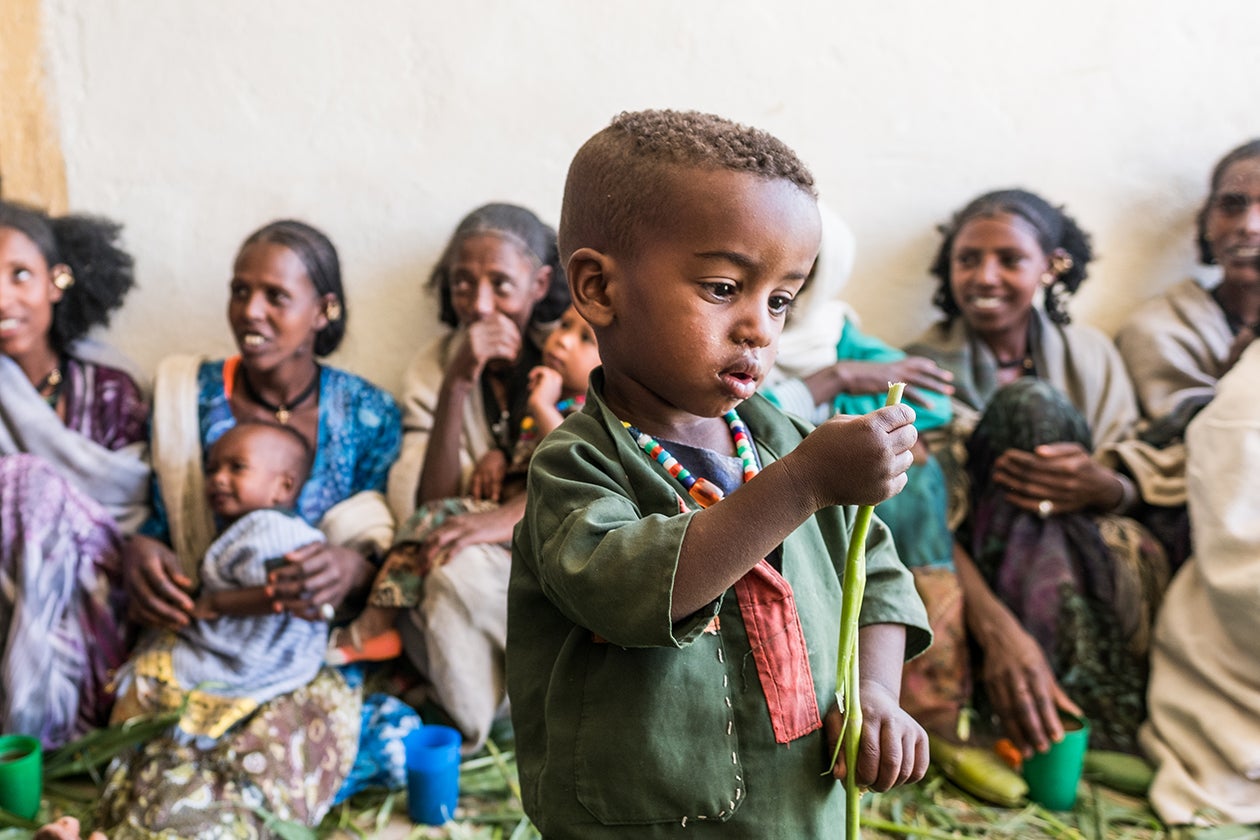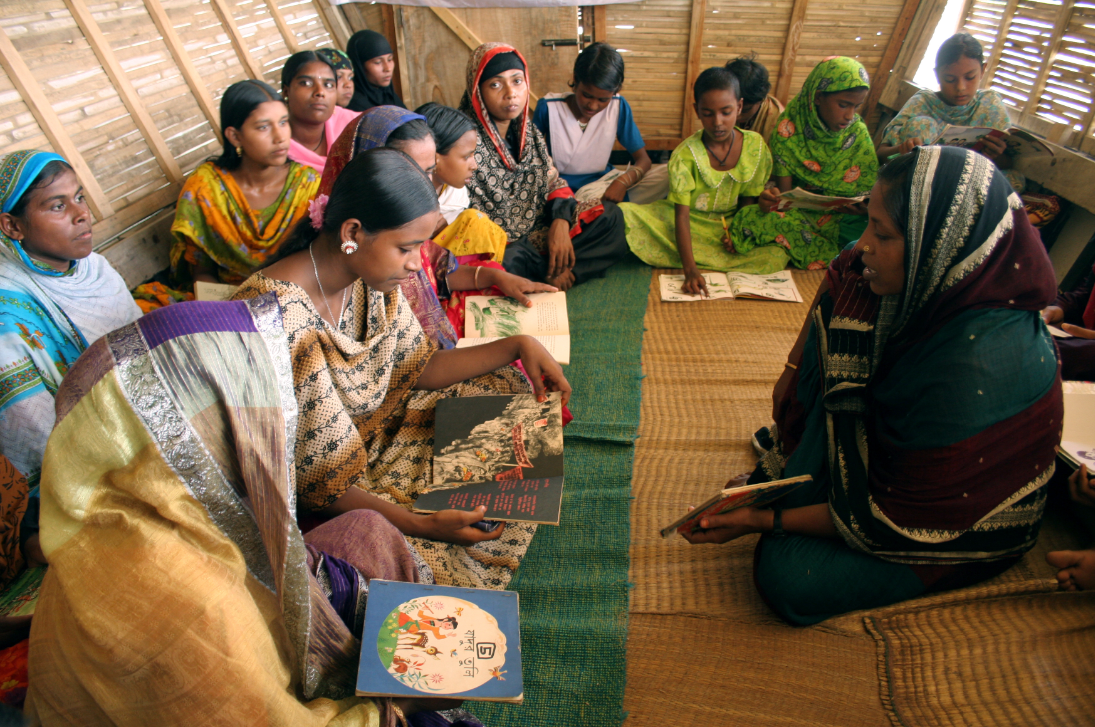
One of the most fundamental lessons from Exemplar countries is the importance of recognizing unique contextual factors that influence a country’s efforts to reduce U5M – for better or worse.
These contextual factors, such as geography, culture, economics, political structure, and national history, play an important role in shaping policy outcomes. The study of U5M Exemplar countries would therefore be incomplete without an assessment of how these factors influenced the selection and implementation of interventions.
This section looks at approaches that are dependent on a specific context, whereas the recommendations focus on broad policies and practices common among nearly all Exemplar countries. Some Exemplars used the context-specific strategies and some did not – but all of them addressed contextual factors on the path toward successful implementation.
A given contextual factor might serve as a facilitator of progress toward reducing U5M in one country, but a barrier to progress in another – or even act as both a facilitator and a barrier within a single country, depending upon the circumstances.
For example, Rwanda’s relatively compact geography facilitated its U5M achievements, whereas the much vaster and more varied geography of Ethiopia or Nepal acted as barrier to progress. Even as the compact size of Rwanda improved the delivery and coverage of its interventions, the country faced other geography-related barriers including being landlocked, having a relative lack of natural resources, and proximity to other countries where contagious diseases might emerge.
Certain contextual features were common among all Exemplar countries, such as strong community-health systems, but many contextual factors differed markedly from one country to another.
The following examples of contextual factors are intended to provide a general sense of how countries identified these factors and adapted strategies accordingly.
Geography
Many Exemplar countries had to adapt to geographic barriers to reduce U5M. For example, in mountainous areas of Nepal, difficult terrain and poor infrastructure limited womens' ability to travel to access facility-based delivery and skilled birth attendants. Nepal responded by using its CHW system to increase resources for community-based care, increasing the number of skilled birth attendants nationwide, and expanding the number of facilities. In addition, the country's emphasis on economic equity helped it address geographic challenges, as the government offered reimbursement for pregnant women to pay for transport to health facilities for delivery.
Culture and Beliefs
Cultural practices and beliefs acted as both facilitators and barriers in Exemplar countries, influencing strategies as well as implementation outcomes.
In Senegal, a culture of respect for elderly women facilitated the success of the bajenou gokhs (a term derived from the Wolof word for “godmother”), a CHW cadre of older women who assisted with antenatal and postnatal care, child immunizations, prevention of gender-based violence, and other needs related to child and maternal health.
In certain contexts, long-standing cultural practices presented barriers to conventional modes of care. In consideration of Ethiopia’s large community of nomadic pastoralists, the national government expanded community engagement to deliver care to this highly mobile segment of the population.
In Peru, many rural areas had traditional vertical birthing practices, in which the mother is standing or squatting rather than lying down. The Ministry of Health relied on locally generated evidence of effectiveness and implemented culturally sensitive delivery services starting in 2004, directing facilities to set up birthing rooms where women could deliver in a standing or squatting position, with their husbands and other family members present.
Female Empowerment and Status
Levels of female empowerment and status within societies represented an area in which public policies could shift a contextual factor from a potential barrier to a useful facilitator.
Across several Exemplar countries, the equity gap between women and men in key indicators such as educational attainment, literacy, and workforce participation narrowed during the study period and likely contributed to reductions in U5M.
In Bangladesh, the Female Secondary School Stipend Project helped boost female literacy rates from 26 percent in 1991 to 62 percent in 2016. The country also implemented microcredit programs and other financial measures that gave women more independence and control within households – and more access to maternal health and child health services, which in turn can reduce under-five mortality.
Access to family planning efforts further empowered Bangladeshi women and helped generate reductions in total fertility rates, increases in birth spacing, and declines in U5M.

Existing National Priority for Health, including U5M
A clear political and social mandate for improving public health is a powerful facilitator of progress toward reducing U5M. This contextual factor was a strong influence across countries.
For example, health care in Peru remained a high priority despite numerous government transitions during the study period. This commitment was codified through the Acuerdo Nacional, or National Agreement, which called for improved health care quality and access. The broad-based public consensus reflected in this accord manifested itself in practical, multisectoral strategies.
One notable example of how this national commitment was translated into policy and action in Peru was the Roundtable for the Fight Against Poverty, which contributed to policy development and programs that addressed social inequities, and specifically targeted the improvement of maternal health and child health outcomes.
Private sector capacity
The extent and quality of existing private-sector capacity was a contextual factor that varied across Exemplar countries. Engagement of the private sector was a strategy that some Exemplar countries used to improve health service delivery and address gaps in governmental health systems.
In Rwanda, the Ministry of Health signed agreements with nongovernmental and faith-based organizations to provide the same package of services as those provided by the public sector. In return, the facilities received the same support for salaries, equipment, and infrastructure as public health facilities. This strategy increased the number of district hospitals and health centers available to the population.
Successful public-private partnerships are contingent on strong national oversight to appropriately identify the areas where there is demand for private-sector involvement and ensure that all private-sector activities are in line with national priorities.
There must also be national oversight and regulation of private-sector delivery to ensure the quality of health services provided. Such vigilance is necessary because these partnerships have sometimes resulted in uneven quality, inadequate accountability, and increased cost. All the same, public-private partnerships provide significant potential capacity to continue in the work to reduce U5M.
